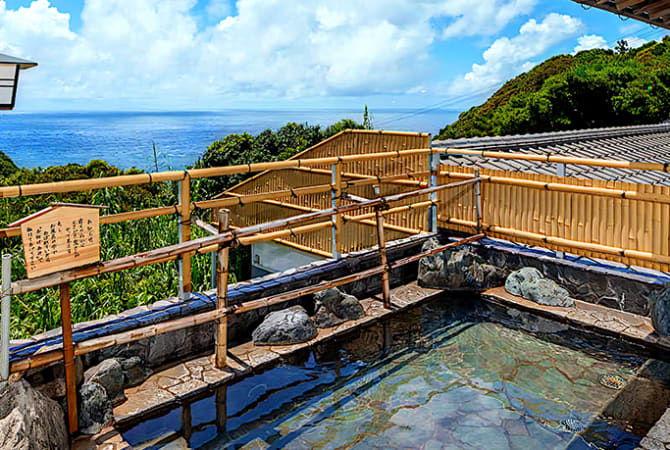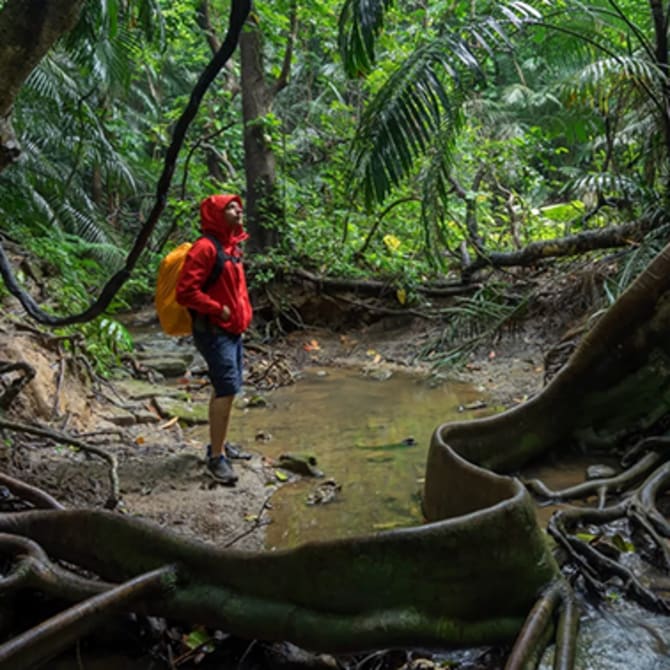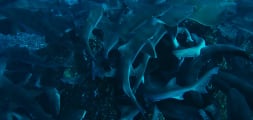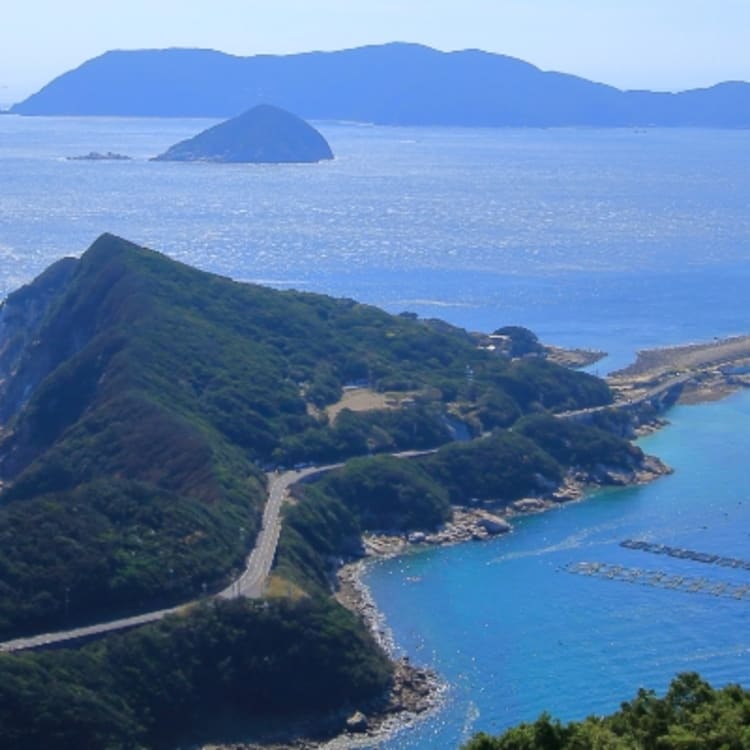
Kochi Diving Guide
Kochi is one of the four prefectures of Shikoku, the smallest of Japan’s five main islands. All four prefectures border the ocean, but Kochi, facing the Pacific Ocean, is famous for scuba diving. This is thanks to the Kuroshio Current, one of the biggest and strongest ocean currents in the world, flowing from north of the Philippines. This current helps table,staghorn, and leaf corals to thrive. Many different species of tropical fish also make the waters around Kochi their home. From macro creatures such as pygmy seahorses to schools of pelagic fish such as greater amberjack, Japanese amberjack, and skipjack tuna, Kochi’s rich marine biodiversity attracts divers from all over Japan.
What you can see


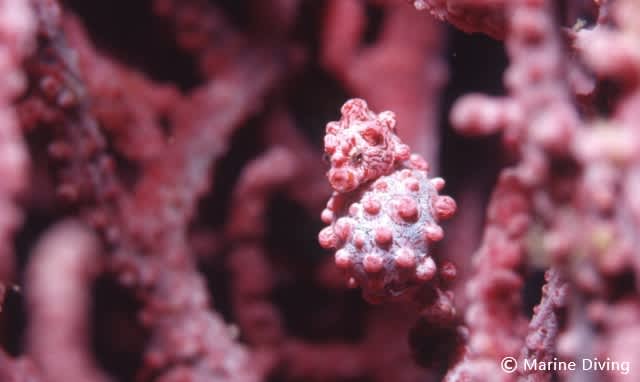

Season Calendar for Divers
Diving Areas
Uguru Island
A small island located north of Okinoshima Island. The surrounding ocean has a limitless supply of delights, with a wide cast of characters, including big fish, schools of pelagic fish, and tropical fish! Uguru Island also offers the best chance in all of Shikoku to encounter sea turtles, large pelagic fish such as dogtooth tuna, and bigeye trevally. Some lucky people have caught sight of manta rays and hammerhead sharks here, and you have a great chance to run into schools of dolphins on your way back from the dive site.

Okinoshima Island
Located just beyond Kashiwa Island, Okinoshima can be reached from Sukumo by ferry. The warm Kuroshio Current hits the island directly, keeping transparency relatively high throughout the year, and there are plenty of fish and coral to be seen in the waters. Throughout the year, you may catch a glimpse of popular macro creatures such as the pigmy seahorse and white-rayed shrimpgoby, as well as other tropical fish brought to the island by the current. If you are really lucky, you may be able to encounter a thresher shark.

Otsuki
Otsuki is a town located in the southwesternmost part of Kochi prefecture, the surrounding area of which is well-known for whale watching. The town’s borders include Kashiwa Island, and sometimes divers come from the island to visit the dive site at Tsutome-zaki. The town’s dive shops are located at Tachibanaura, Amaji, and Issai. There are many dive sites along the coast, where you may find many creatures such as bulgyhead wrasse, elegant firefish, and wrought iron butterflyfish.

An area with an ancient history dating back 7,000 years. The abundance of marine life here is said to be one of the reasons for its history.
The sea kelp forest in the bay nurtures a diverse array of marine life, giving balance to its wonderful environment. The water temperature may go down to as low as 2°C during the winter but will rise up to 21°C during the summer months. From baby-smooth lumpsuckers in the spring to sea angels (clione) in the winter, there are many different creatures waiting to meet you in these waters.
Kashiwa Island
The waters around Kashiwa are known among divers in Japan for their rich marine biodiversity with many coral reefs and tropical creatures such as ribbon eel and paintpot cuttlefish, as well as marine life from temperate oceans. Ushironohama, in the northern part of Kashiwa, is one of the main dive sites of this area. This gorgeous dive site looks as if it were a traditional Japanese garden created underwater. Drop-offs and arches are also worth mentioning, but the surprising variety of fish is what makes Kashiwa special; it is said that there are over 1,000 kinds of fish inhabiting around the waters of Kashiwajima.

Tatsukushi
Tatsukushi is home to Tatsukushi Marine Park, Japan’s first national marine park. There are dive sites scattered around the east side of its Cape Chihiro, located between Cape Ashizuru and Otsuki Peninsula. Schools of fish grow larger from summer to autumn, especially those of greater amberjack, rainbow runner, damselfish and anthias. Winter through spring is ideal for nudibranch watching; more than 100 kinds of nudibranch are observed in Tatsukushi during this season.

Ashizuri
Cape Ashizuri, the southernmost point of Shikoku, is greatly affected by the Kuroshio Current. Large pelagic fish are often observed around the giant rock reefs, as well as colorful tropical fish carried to Ashizuru by the current. There are also many popular creatures such as pigmy seahorses and ribbon eels.

Yaiga, Shiwa, Okitsu
Relatively new dive areas that have become easier to access thanks to the Kochi Expressway. Pelagic fish such as greater amberjack and Japanese amberjack may be observed. There are also many tropical fish carried to this area by the Kuroshio current, creating tropical-like waters.

Muroto
Muroto’s unique ocean landform has earned it designation as a UNESCO Global Geopark. The Kuroshio current hits Cape Muroto, on the southernmost point of the east side of Shikoku, creating highly transparent blue water and dynamic landforms and nurturing a community of large pelagic fish and soft coral. There is also a good chance that you will encounter popular creatures such as sea turtles here. Muroto is also known for its artificial fish reef of about 30 artificial fish reefs, each about three square meters, that attract various fish.

Kannoura
Kannoura is an area located between Tokushima and Kochi prefectures where you can enjoy gorgeous view of beautiful soft and hard coral and colorful reef fish thanks to the branch of the Kuroshio Current that flows here. Local dive sites are a beginner-friendly distance from the port, located around Kazura Island and Akaba Island. Kannoura is the only place in Japan where the mating of whitespotted bamboosharks can be observed in the spring.

How to get there
A 6-hour Journey in Kochi Prefecture!
Kochi Prefecture, located in the Shikoku region, is covered in swathes of natural beauty and farming land, with beaches and diving spots dotting its Pacific Ocean Coast. Kashiwa Island, located at the southwestern tip of Kochi, is easily accessible by car via the bridges connecting it to mainland Kochi. Its gorgeous landscapes and diverse marine life make it a must-visit for divers. Its waters, said to be so clear that they make boats look as if they are floating in thin air, lie in the intersection of the Kuroshio Current and the Bungo Channel. This leads to outstanding diversity, with 1/3 of the species of fish that make the Japanese ocean their home residing here.
There are several ways to get to Kashiwa Island, but the most common and recommended way is to first take a flight to Kochi Ryoma Airport and take a train to the nearest station, Sukumo. From there, dive shops will usually accommodate requests to pick you up. The trip takes approximately six hours from Haneda Airport in Tokyo.
























































